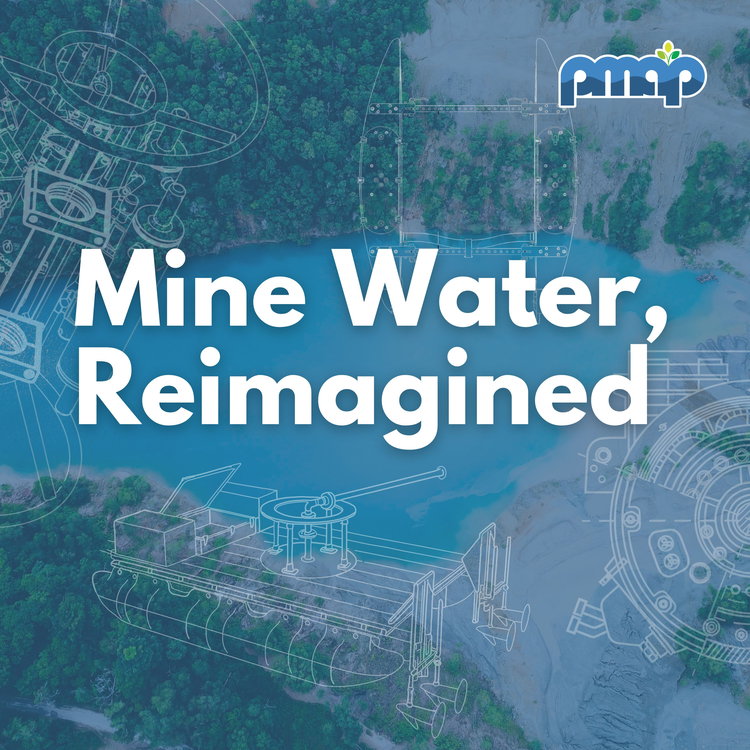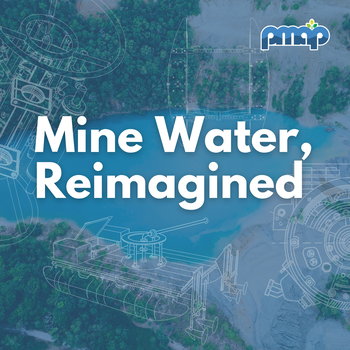
Beyond Lime: Rethinking Mine Water Emergency Response
Loading player...
In this episode, we explore why lime has long been the default tool for neutralizing acidic tailings spills — and why it may no longer be enough. Using the 2025 Chambishi Mine disaster as a case study, we compare lime and magnesium oxide (MgO) in terms of pH control, heavy metal immobilization, sludge generation, safety, cost, and long-term stability.
Listeners will gain insight into:
The strengths and limitations of lime in acute spill response.
How MgO’s buffering properties and lower sludge footprint can provide safer, more sustainable outcomes.
What mining companies and regulators should consider when planning for future tailings emergencies.
Takeaway: It’s time to expand the emergency toolkit. Magnesium oxide offers a modern, resilient alternative that can protect both waterways and communities when disaster strikes.
Listeners will gain insight into:
The strengths and limitations of lime in acute spill response.
How MgO’s buffering properties and lower sludge footprint can provide safer, more sustainable outcomes.
What mining companies and regulators should consider when planning for future tailings emergencies.
Takeaway: It’s time to expand the emergency toolkit. Magnesium oxide offers a modern, resilient alternative that can protect both waterways and communities when disaster strikes.

